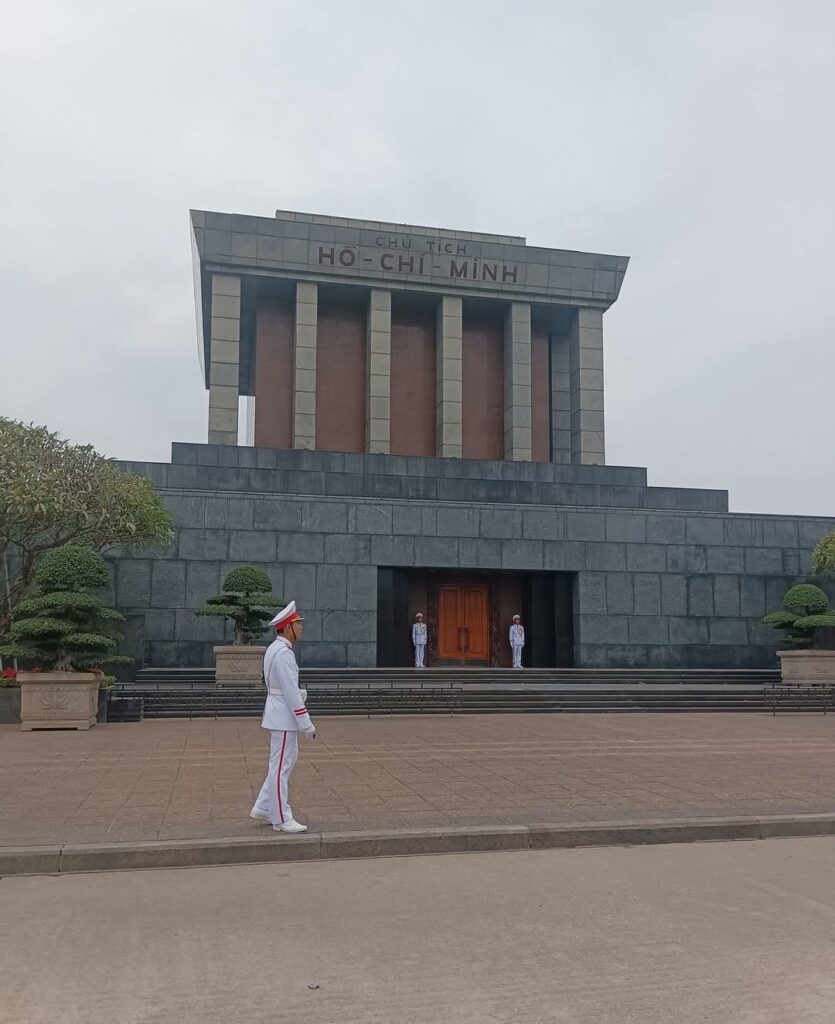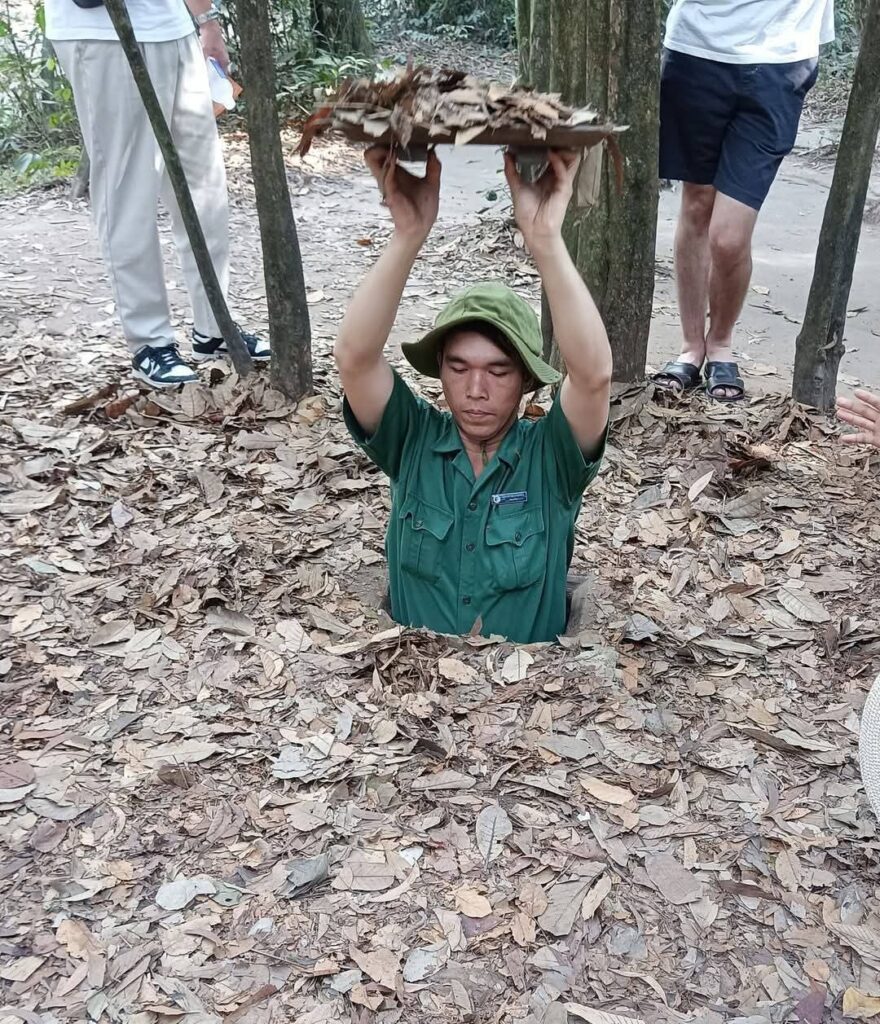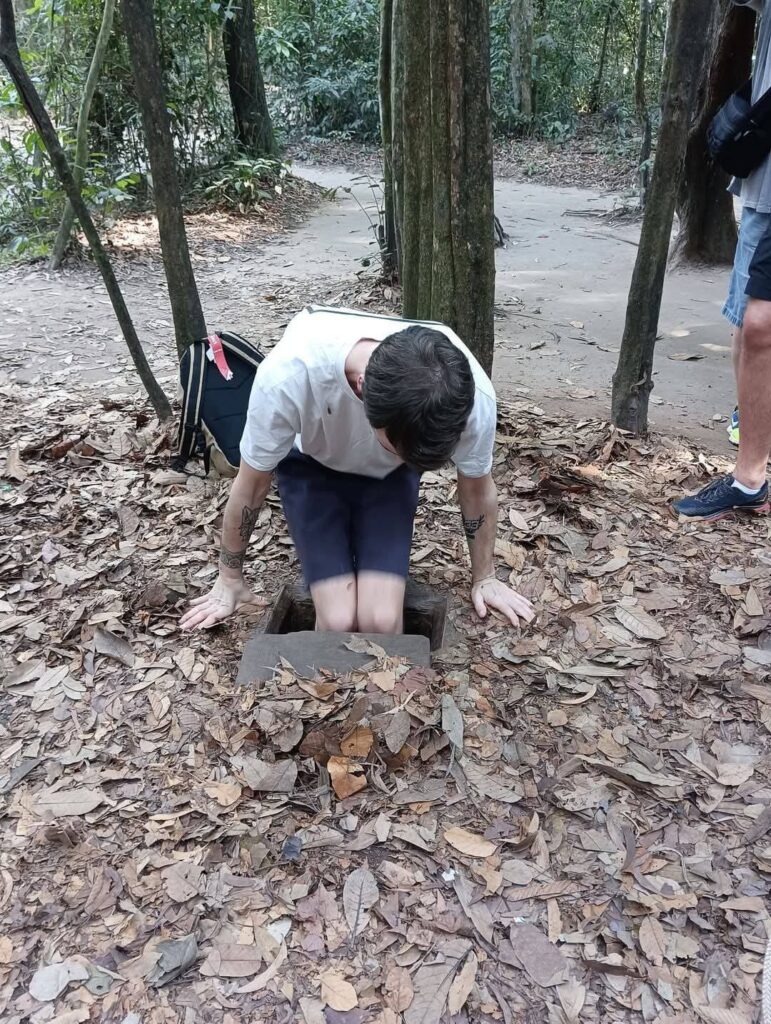SOURCE :- SIASAT NEWS
Fifty years ago, the savage two-decade-long war between the USA and Vietnam ended on 30 April 1975. It was a complicated and bitter conflict that eventually drew in neighbouring countries, Cambodia and Laos. The war took an enormous toll on both sides. Estimates of Vietnamese soldiers and civilians killed range from about one million to three million. A huge number of US defence personnel also lost their lives.
Large tracts of land in South Vietnam were sprayed with toxic chemicals, leading to serious health issues among those exposed—issues that persist to this day. Babies are still being born with deformities, and potable water remains difficult to obtain in affected areas.
Yet despite all the setbacks, the country has made remarkable progress. Three months ago, this correspondent visited Vietnam. He travelled to four cities and found some of the sights and experiences truly awe-inspiring.
A beautiful city
Vietnam is making concerted efforts to attract tourists. One of the most popular destinations is Da Nang, a beautiful seaside city in central Vietnam. Although it rained lightly during the three days I stayed there, the hotel manager assured me that the region usually enjoys sunny but mild weather.
Standing on My Khe beach, one can see the vast blue sea on one side and towering 60-storey skyscrapers on the other—all high-rise hotels. It’s hard to believe this is a beach in Vietnam; it resembles Miami. Expensive cars zoom past, and people are fashionably dressed. Tourists are everywhere. Most of the visitors seemed to be from China, Japan and Australia, but I also saw quite a few Indian families enjoying themselves.
How Vietnam recovered
A conversation with the hotel manager offered insight into the country’s revival. He explained that Vietnam’s economy went through several phases of recovery after the war ended. Following the reunification of North and South Vietnam, the government initially adopted a centrally planned economic model.
Later, sweeping reforms were introduced. The country shifted to a socialist-oriented mixed economy, welcoming foreign investment, even from its former adversary, the USA.
Vietnam joined ASEAN in 1995 and the World Trade Organization (WTO) in 2007. These moves boosted trade, tourism, and foreign direct investment. By the early 2000s, Vietnam had become one of Asia’s fastest-growing economies. Major global companies such as Samsung, Intel, and Nike established operations there.
Today, Vietnam is the second-largest producer of Robusta coffee. The locals love coffee just as Hyderabadis love Irani chai. But they’re not fond of Starbucks—the home-grown brand Highlands Coffee is the hot favourite.
A lesson for Indians
For Indian visitors, language can be a minor barrier, as many locals don’t speak English. However, hotel staff at the managerial level usually speak it well enough. Overall, I got the impression that people do not dwell on the past. They are grounded in the present and focused on the future, energetic and positive in their outlook. Perhaps there is a lesson here for Indians.
Towards the end of my trip, I visited a part of Vietnam with a particularly painful past—the jungles outside Ho Chi Minh City, where the US Army and the Viet Cong fought a brutal guerrilla war. Viet Cong soldiers hid in an elaborate network of underground tunnels from which they launched attacks on US forces.

Visit to the tunnels
My group was guided by a lady who took us through the various landmarks of the Cu Chi tunnels. From the surface, one would never imagine there was an entire world beneath our feet. It was only when a guard brushed away a handful of leaves and removed a tiny manhole cover that we saw the entrance. He slipped into the hole and replaced the cover above his head. Once again, the forest floor looked completely undisturbed.
The guide then showed us the astonishing complexity of the underground system. There were kitchens, rest areas, water sources, and food stocks—all hidden below ground. At one time, as many as 12,000 people could be living underground without detection.

Cooking was done only at dawn, when thick morning mist masked the smoke from the surface vents. Even if a few tunnels were discovered, it was risky to enter them. They were riddled with traps to ensnare intruders.
But life underground was no safer. In addition to the daily bombing campaigns by the US Air Force aimed at destroying the tunnels, the Viet Cong had to watch out for snakes and scorpions, which often attacked the tunnel dwellers.
One could easily imagine the precarious existence and the immense human cost and sacrifice involved in that chapter of history.

Should the Vietnam War be renamed?
This sombre part of the journey concluded with a thought-provoking question from our guide: “Why does the world call it the Vietnam War? We didn’t go to the USA to attack them. They came here and bombed us. Shouldn’t it be called the American War?”
After 20 years, the conflict finally ended when mounting public pressure in the US forced the government to call a halt. Graphic images and reports of atrocities, such as the My Lai massacre, fuelled massive protests. The fall of Saigon on 30 April 1975 marked the official end.
Since then, the proud Vietnamese people have worked tirelessly to rebuild their country—and their efforts have paid off.
SOURCE : SIASAT


